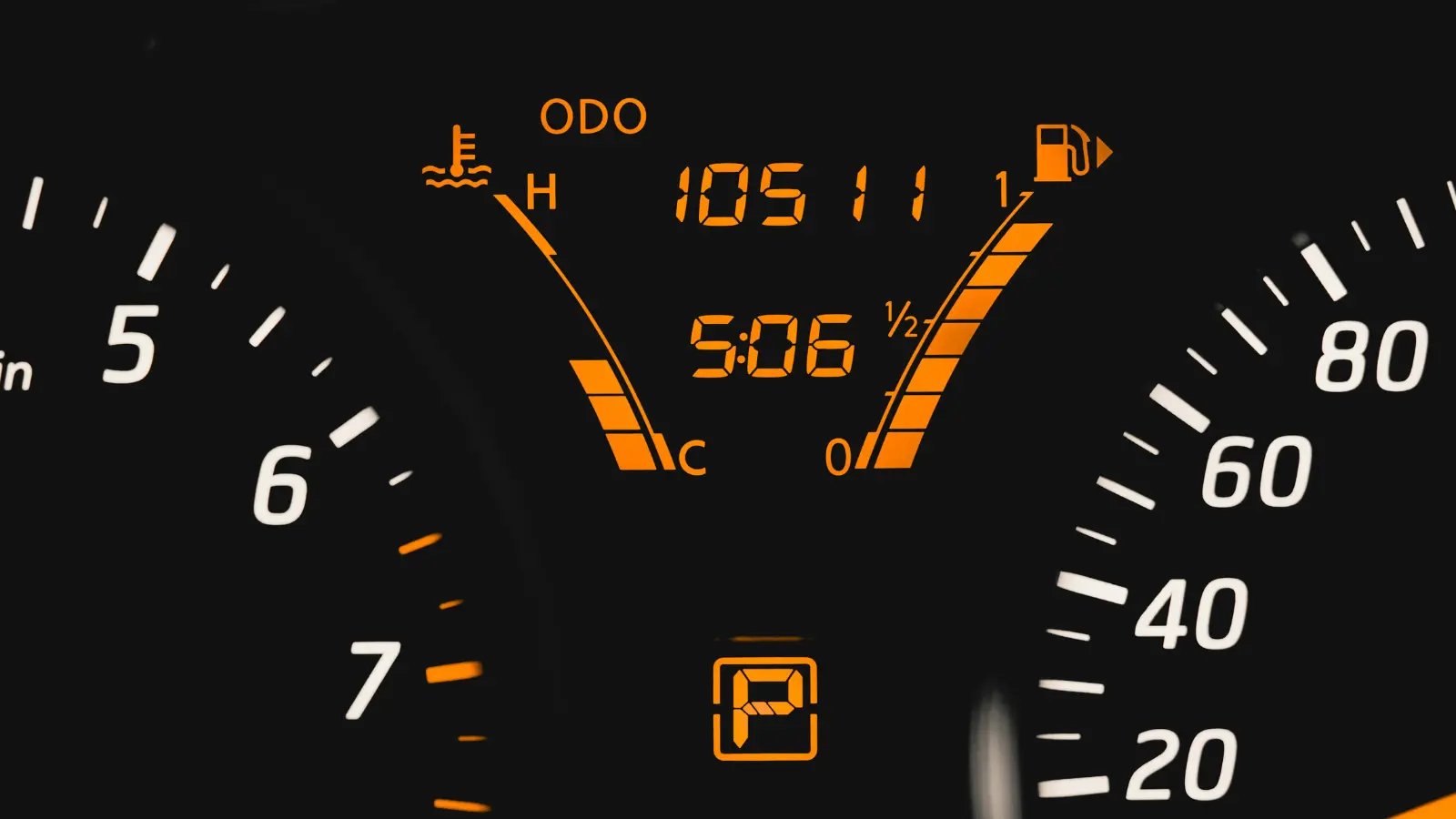A Closer Look at the Technology and Design
Fuel-efficient vehicles are designed to get the most out of every drop of gasoline. Whether you drive a compact car, a hybrid, or a midsize SUV, understanding how fuel-efficient gas vehicles work can help you get better mileage and make smarter buying decisions.
This guide explains the difference between fuel economy and fuel efficiency, explores the systems at play, and highlights how modern technologies help gasoline-powered cars do more with less.
Fuel Economy vs. Fuel Efficiency: What’s the Difference?
Although these terms are often used interchangeably, there’s a subtle difference:
- Fuel economy refers to the miles per gallon (MPG) a vehicle achieves. It’s a performance measure.
- Fuel efficiency focuses on how effectively the car converts energy from gasoline into movement. It’s more about engineering.
Fuel economy is what you see on the window sticker. Fuel efficiency is what makes that number possible.
What Affects a Gas Vehicle’s Efficiency?
Several mechanical and environmental factors play a role in how efficiently a gasoline car operates:
1. Aerodynamics
The easier a car can move through the air, the less fuel it needs. Streamlined body shapes, smooth undercarriages, and active grille shutters help reduce wind resistance.
2. Weight
Lighter vehicles use less energy to move. That’s why compact cars often get better mileage than larger SUVs or trucks. Manufacturers reduce weight using materials like aluminum, high-strength steel, and composites.
3. Tire Resistance
Low-rolling-resistance tires reduce friction on the road. Even small changes in tire design or inflation can impact MPG, especially in city driving.
4. Driving Style
Quick acceleration, speeding, and hard braking waste gas. Smooth, steady driving helps you get closer to a vehicle’s EPA-rated mileage.

How Do Automakers Improve Fuel Efficiency?
Gasoline engines have come a long way. Today’s most efficient models often include:
Cylinder Deactivation
In larger engines, some cylinders shut down under light loads (like highway cruising) to save fuel.
Direct Fuel Injection
Delivers fuel directly into the combustion chamber for better mixing, more complete combustion, so less fuel is wasted, and fewer emissions are produced.
Turbocharging
Forces extra air into the engine, which allows a smaller engine to produce more power without sacrificing efficiency.
Continuously Variable Transmission (CVT)
Unlike traditional gearboxes, a CVT continuously adjusts to keep the engine operating in its most efficient range.
Start-Stop Systems
Automatically turn off the engine when the vehicle is stopped and restart it when you release the brake, reducing idling time and saving fuel.
The Role of Maintenance
Even a well-designed car needs upkeep to stay efficient. Key tips:
- Keep tires inflated to the recommended PSI
- Change oil and filters on schedule
- Replace spark plugs as needed
- Use the correct type of fuel and oil
- Avoid carrying unnecessary weight
Simple routine maintenance can improve fuel economy by 4 to 10 percent.
Are Fuel-Efficient Gas Vehicles Worth It?
Absolutely. Whether you’re driving a standard compact car or a hybrid, a fuel-efficient vehicle helps you:
- Spend less on gasoline
- Reduce your environmental impact
- Travel farther between fill-ups
- Increase your total return on investment over time
And with gas prices fluctuating, every additional mile per gallon counts.
Ready to Keep Learning?
See how these features translate into real-world MPG ratings:
← Go Back: What Makes a Car Fuel Efficient?
Discover Next: Fuel Economy Ratings Explained →












